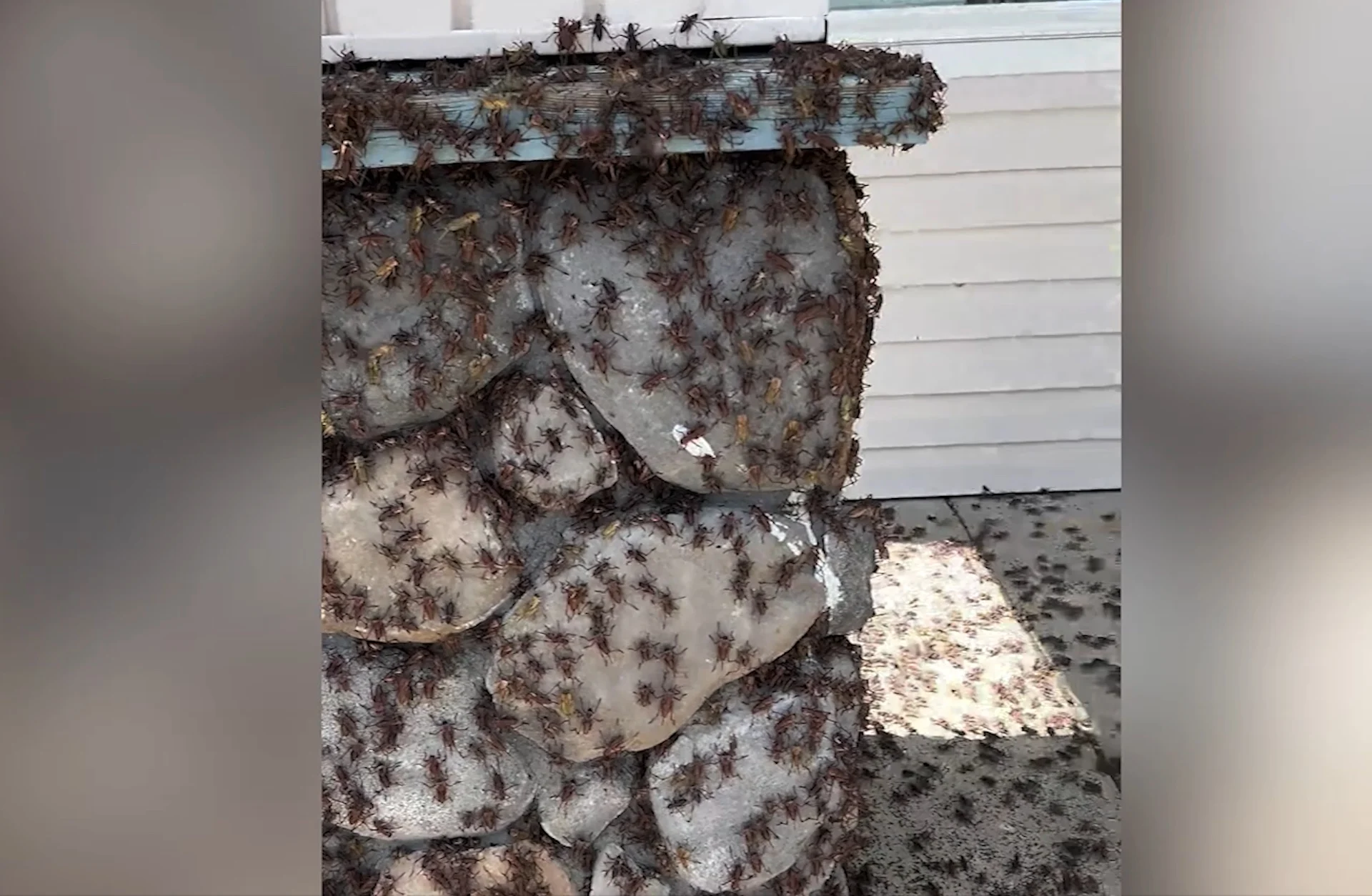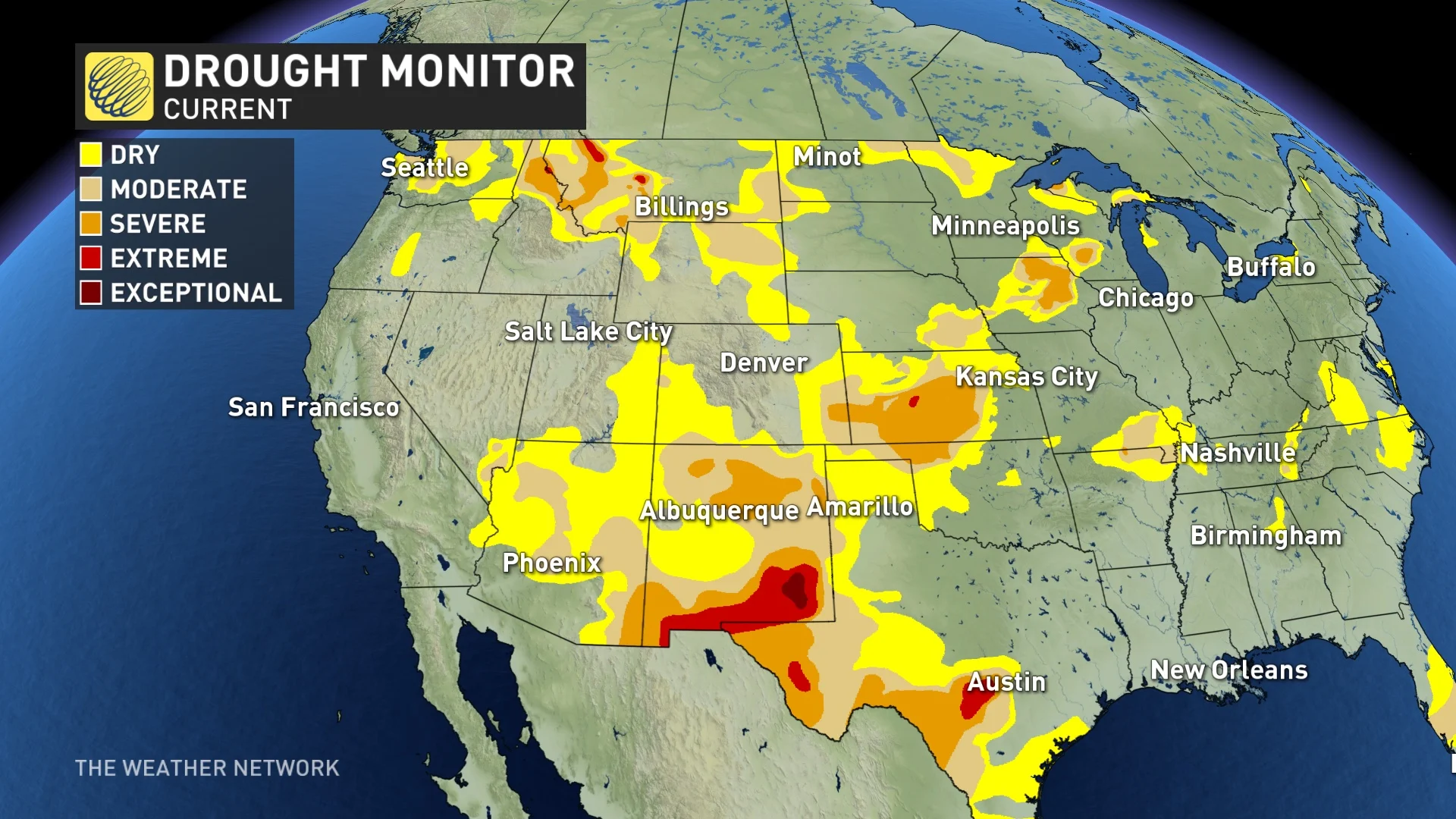
Wild cricket invasion could be fallout from years of drought
In large groups, Mormon crickets can have significant impacts on water and soil quality, potentially damaging range and cropland ecosystems.
Move over, cicadas, social media is going abuzz over a different insect making a name for itself.
Well, in parts of Nevada and Idaho it is, anyway.
Recent videos posted on social media showed a swarm of Mormon crickets sprawling across a town in Nevada and a state highway in Idaho.
SEE ALSO: Billions of cicadas are about to emerge from underground in a rare convergence
The Idaho highway was blanketed by so much Mormon crickets that a tractor was needed to clear them from the roadway.
In Spring Creek, Nev., resident Kyra Adams captured footage of the insects on May 14 and posted it to TikTok. The video shows hundreds of thousands of Mormon crickets crawling across her house, a church and other properties across the community.
As for the name of the insect? The origin dates back to the 1800s when the insects were known to have destroyed the fields of Mormon settlers.
Mormon crickets aren't 'true crickets'
Their presence in the West may seem invasive, but Mormon crickets, known as Anabrus simplex, are actually native to the western United States, according to the University of Nevada, Reno's College of Agriculture, Biotechnology and Natural Resources.
The insect can grow upwards of five centimetres in length, and aren't actually true crickets, the University of Nevada, Reno institution noted.
Mormon crickets are described as shield-backed, short-winged katydids that mirror fat grasshoppers, and they are unable to fly.
Drought aids in growth of Mormon crickets
In large numbers, Mormon crickets can have significant impacts on water and soil quality, potentially damaging range and cropland ecosystems, the University of Nevada, Reno's College of Agriculture, Biotechnology and Natural Resources stated.
It also said that Mormon cricket outbreaks are stimulated by drought and can last several years, anywhere from five to 21. The outbreaks can result in significant economic losses to rangeland, cropland and home gardens.

"This is particularly true as adults and nymphs of Mormon crickets migrate in a band, eating plants along their path," the Nevada institution said.
That is a major issue given the serious drought problems in the southwestern U.S. in recent years.
WATCH: Billions of cicadas are expected to emerge this spring
Thumbnail courtesy of Kyra Adams/TikTok.
Follow Nathan Howes on X, formerly known as Twitter.











